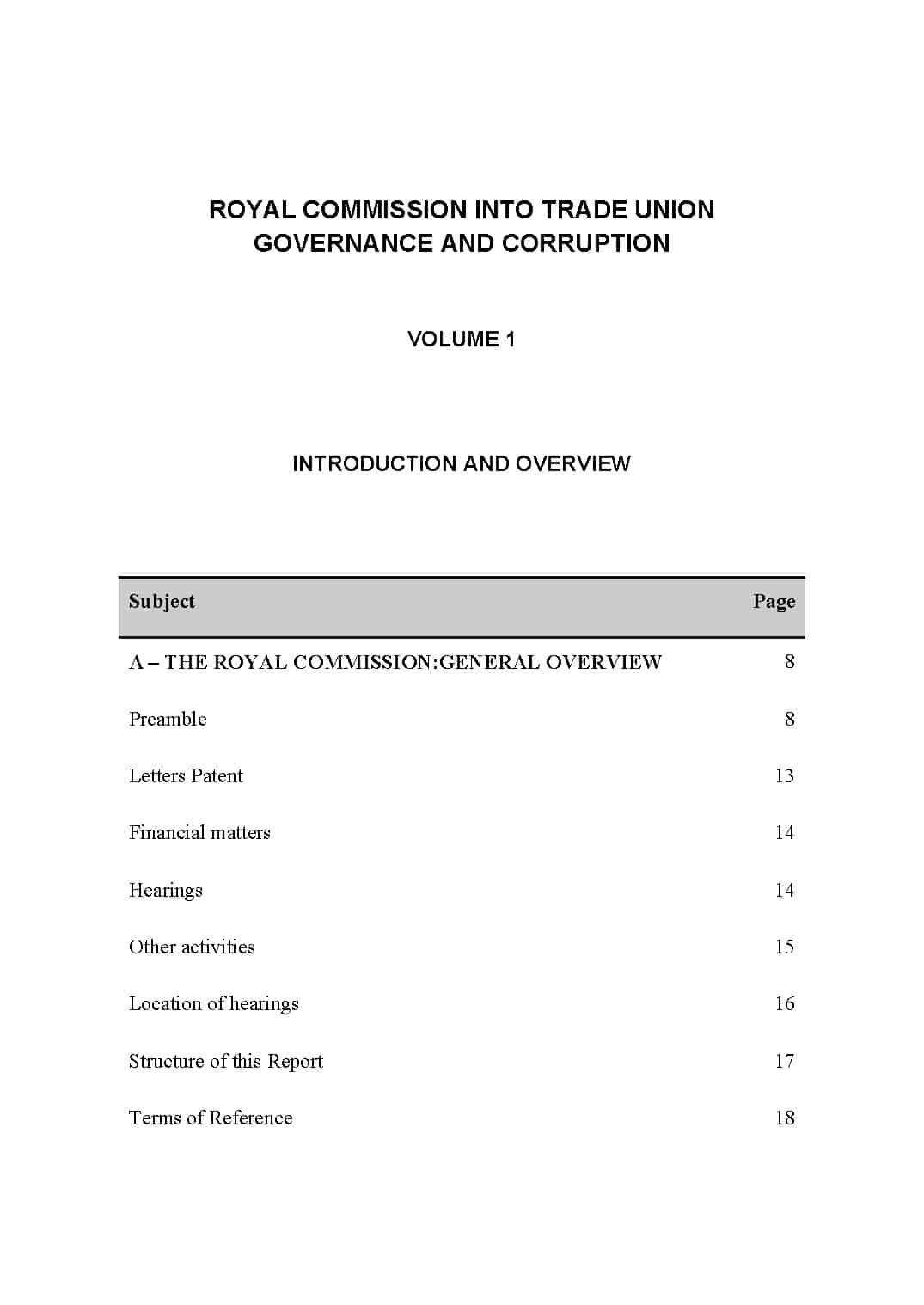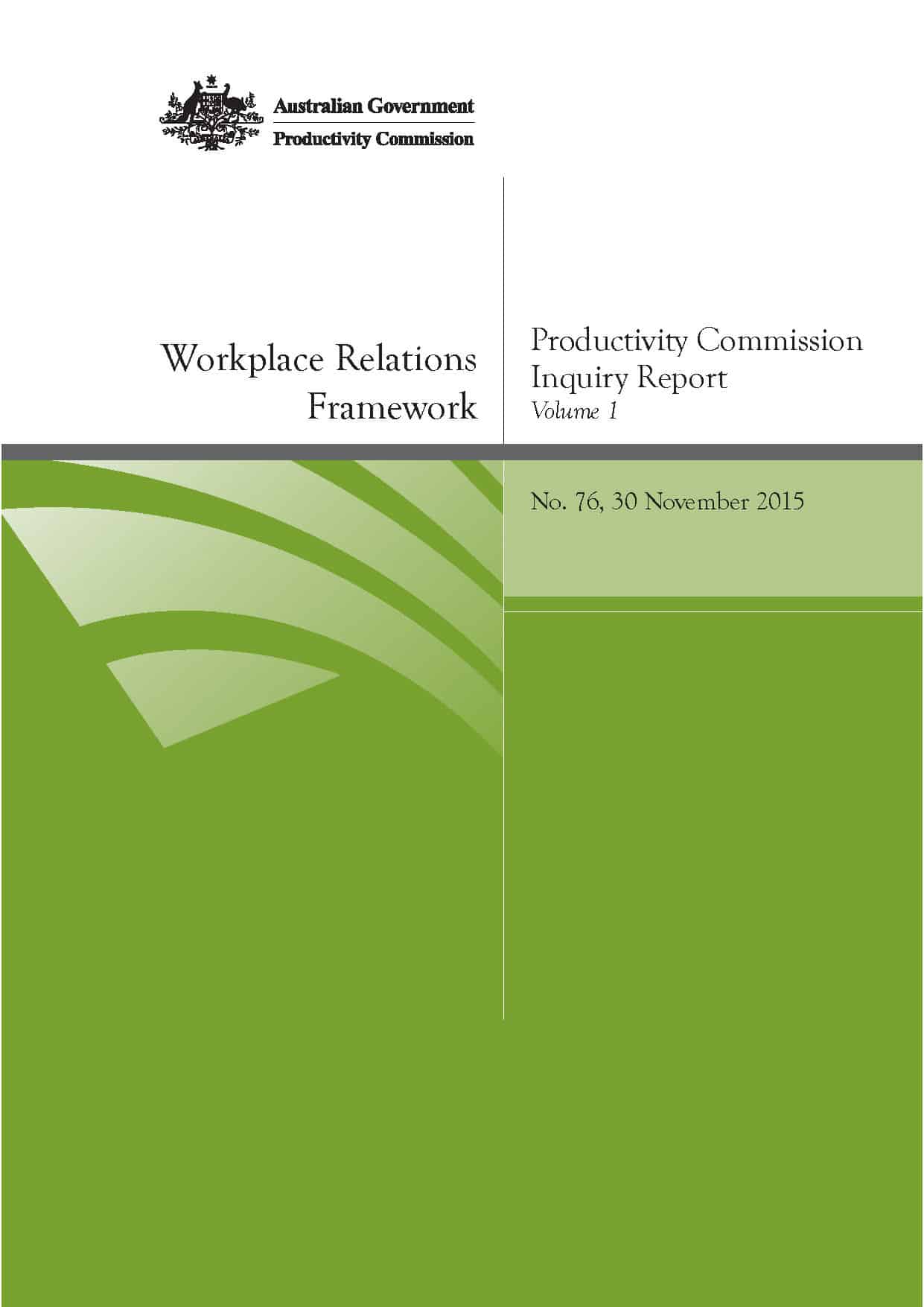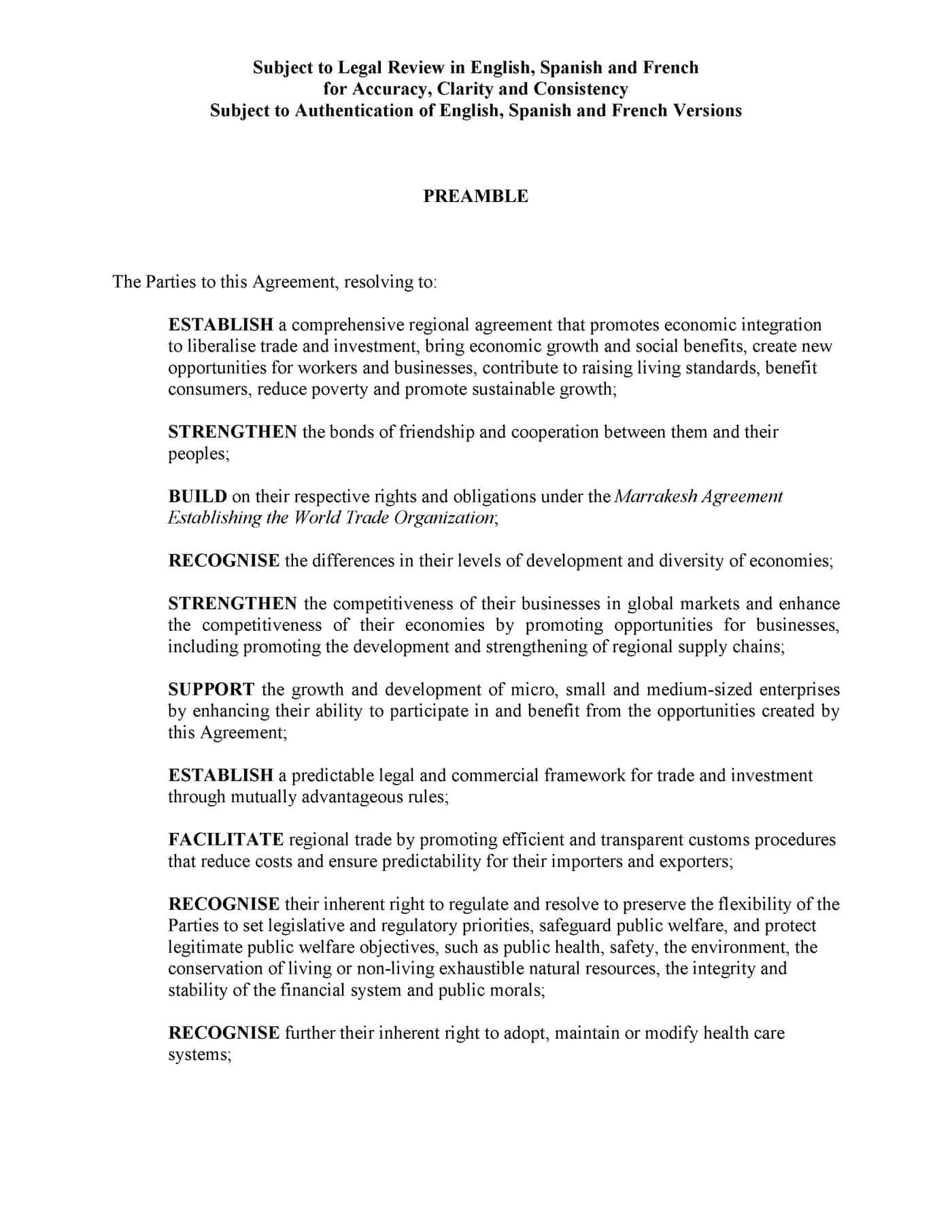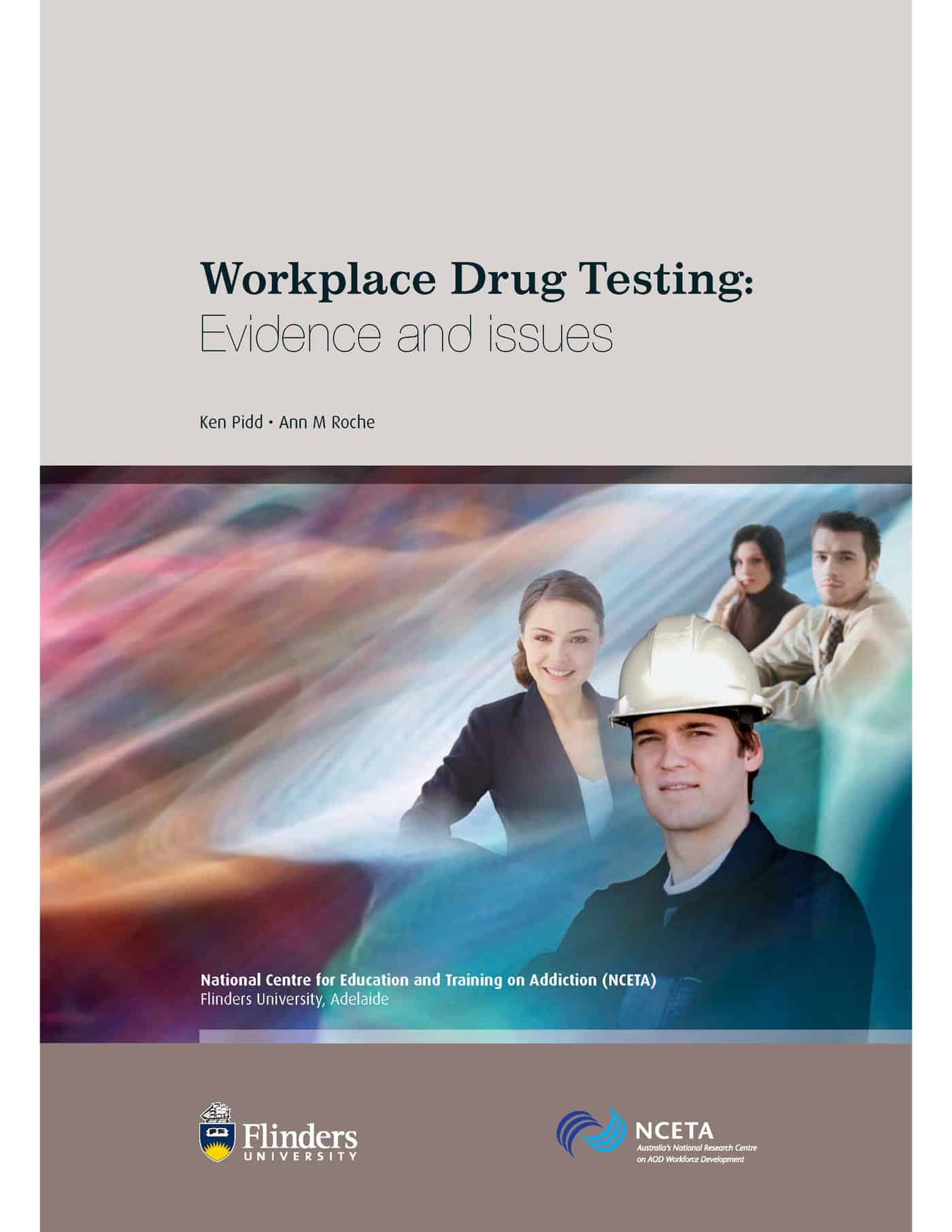 In January 2015, this blog said of Australia’s Royal Commission into Trade Union Governance and Corruption (TURC):
In January 2015, this blog said of Australia’s Royal Commission into Trade Union Governance and Corruption (TURC):
“Workplace safety has not been the focus of this Royal Commission but it is one of its victims”.
The Royal Commission’s final report was released on 30 December 2015, and it is time to look at the mentions of occupational health and safety (OHS), at least in Volume 1, and see how processes, decisions and reporting in the safety sector may change.




 The
The